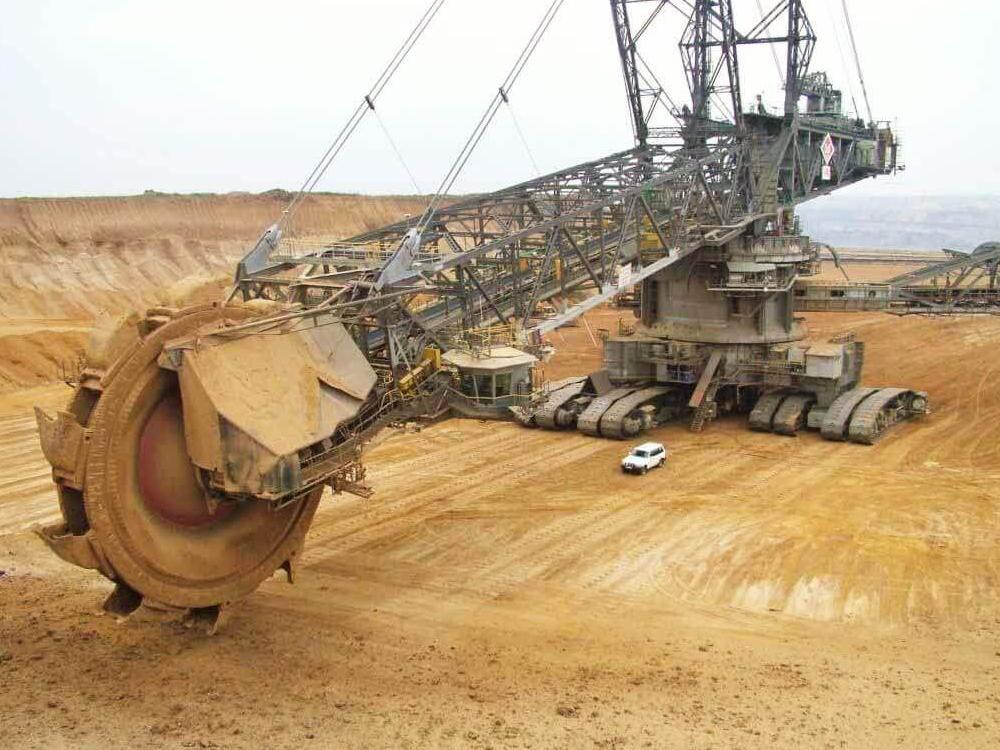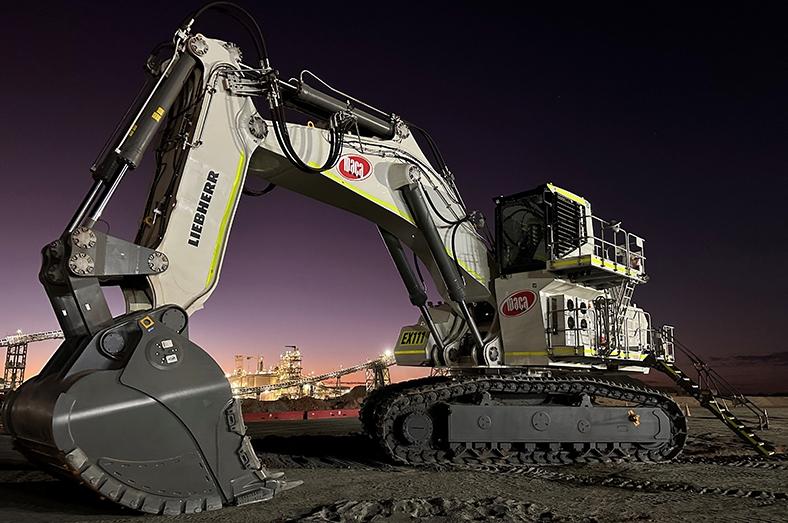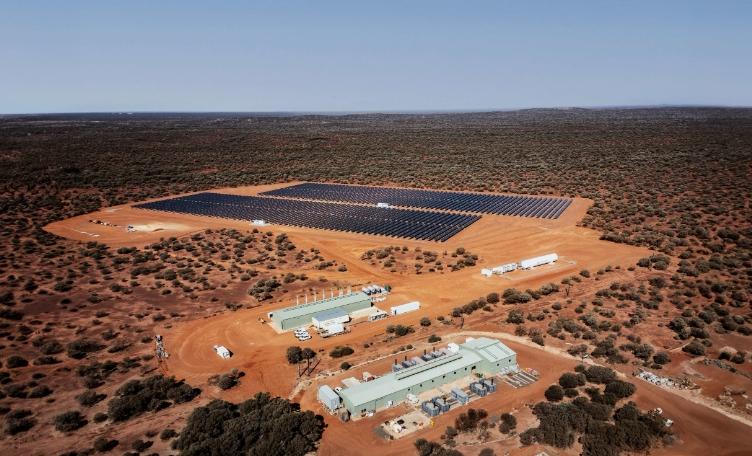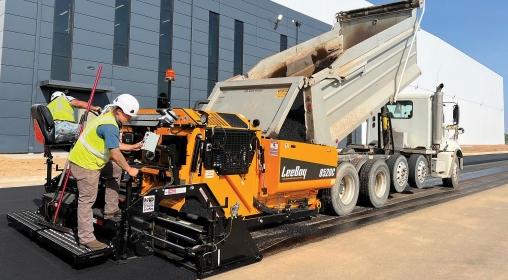advanced.farm has recently developed an automated harvester that can identify and harvest strawberries using a system of lasers, computers and robotics.
“We’re trying to bring agriculture into the 21st century,”
said Kyle Cobb, CEO of advanced.farm
Cobb’s company is trying to change the way farmers perform tasks, starting with their prototype automated combine. The combine works by moving around berry plots and scanning ripe berries using a laser and computer system. Once a ripe berry has been identified, the robot harvester collects it and places it in a basket so that it can be packed and sent to market.
Cobb believes the machine represents the next major technological breakthrough in agriculture.
“We believe that farming methods can be improved so that everyone involved in the production process can have an improved workplace,”
says Cobb.
Traditionally, picking strawberries is labour-intensive and requires workers to spend many hours in the fields picking berries by hand and then sorting and packing. advanced.farm promises that their technology will eliminate some of the more labour-intensive aspects and improve the speed of harvesting.
According to Cobb, the technology could also help reduce labour costs. He explains that the industry regularly updates regulations to ensure product quality. This requires farmers to invest more time and labour in production, which can be costly for farmers.
Cobb sees the automated combine as an ideal tool for medium-sized farmers who want to combine technology and farming to optimise production. He believes many farmers have realised the need for it since the start of the COVID-19 pandemic.
“COVID-19 was a test of farmers’ resourcefulness. We worked with our harvesters in the fields and showed farmers how our products could help them keep up and even improve strawberry production,”
says Cobb
But many farmers are concerned about products such as advanced.farm. Hernan Hernandez, executive director of operations for the California Farm Bureau Foundation, explains that workers see automation as a threat to their jobs. He says: “Farm workers are most afraid when machines come in and they see their jobs going away. They are not sure what they can do about the situation.”

“This fear is not new,” , “For years we’ve seen technology come onto farms and displace workers. It’s not a new trend.”
says Hernandez.
Despite the fears, Cobb says farmers aren’t going anywhere; rather they are more important than ever.
“We want to set up a pilot programme in the central valley to retrain farmers to work on machines and help with design. These are the ones who know best practice and if we want to build better machines, we will need their help.”
says Cobb
To implement this pilot programme, advanced.farm is launching its advanced.jobs initiative, which aims to enhance the skills of agricultural workers to improve and expand employment opportunities.

Hernandez also advocates retraining programs to help farm workers get their jobs back.
“We’ve been talking to local community colleges to try to expand their programmes related to automated agriculture. We want to help agricultural workers move into new fields in this industry.”
Hernandez explains
But Hernandez also believes that farmers need to help design and operate the machines. Only with their help can companies ensure that new technology meets the needs of workers.
But even with this support for workers who feel threatened by displacement, Cobb thinks about how the combine can help with labour shortages such as those caused by COVID-19 . He believes the pandemic has demonstrated the need for alternatives, and sees the combine as filling the gap.
“We are excited to continue to grow and develop a better farming system for consumers and farmers.”
Cobb states:






